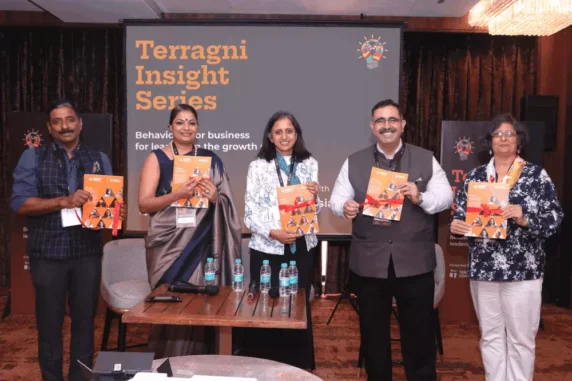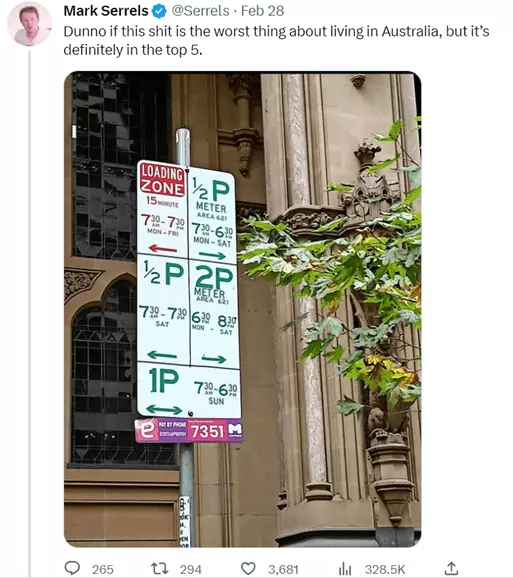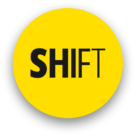We Are All Ben Stiller,
Make It Easy
⚡New to the SHIFT?
This is a peek behind the curtain on applying behaviour science to work, personal life, and everything in between.
Join 3,500+ leaders who use science to shift behaviours.
🌟In this issue of the SHIFT, you will learn:
- What is Friction?
- Is all Friction real?
- 3 types of Friction we all experience
Total reading time: 5 mins
🙄Pain, Pain, Go Away
In the 2000 movie, Meet the Parents, Ben Stiller is flying home. He has lost the love of his life and ruined a good weekend. He arrives at the airline counter. The terminal is empty. He’s ready to board his flight.
What unfolds next is an experience that adds fuel to fire. An air hostess doing her job and a helpless customer. Hilarious, ironic and relevant 23 years later.
Imagine you’re Ben Stiller’s character. You got there on time; you’ve got your tickets in order. Only to get stuck, without a valid reason. The airline representative is just following the process. But at what cost?
The cost of causing inconvenience, anger, and pain for the customer.
This is friction. The effort that customers experience when engaging with a brand. The human brain is designed to feel friction as pain. It causes customers to turn away from the brand.
This happens to us so often. At airports, in store, at banks.
Every industry and brand are guilty of this. They do what they think is right. But often, they do not know the context of their customer, or the amount of pain they put them through.
The less friction customers encounter, the more likely they are to have a positive experience and return to the company. But first, brands need to know where the friction is.
As people interested in the behaviour of customers, we set out to uncover how much effort Indian brands create for their customers.
The EAS 2.0 2023 Report is a consumer neuroscience-based pan-India study with responses from consumers about the Banking, Insurance, E-commerce and Retail industry. The findings of this pan-India study highlight some important shifts in the expectations of customers from their service providers.

👀 Perceived Friction
Have you ever tried to close a bank account?
No, it’s not a simple process. You need to fill out paperwork, provide photo identification, and possibly pay any fees associated with the account closure.
You will need to ensure that all your outstanding payments and checks are cleared before you can officially close the account.
There will be a million forms and phone calls. You’d rather just carry on with the existing account.!
But is this still true?
What you experience when you think about closing a bank account is perceived friction – the anticipation of effort and pain, even where they may not be present, or where the quantum of friction is far lower than anticipated.
It can occur due to information asymmetry, unfamiliarity with touchpoint or past experiences. From perceptions, hard-wired habits, and beliefs.
With the increasing digitization in the post-COVID world, physical and temporal effort have reduced greatly. But there is a rise in perceived friction.
Our cognitive resources are limited, simple tasks can seem complex. If brands want customers to do something, it should not only be easy to do but it should also feel easy to do.
So, how do you overcome perceived friction?
- Understand that you are not as rational as you would like to be.
- Become aware of the heuristics and biases that cloud your judgement.
- Actively seek for more supporting information: ask more questions, express fears, and clarify doubts.
If you’re a brand or organisation:
- Communicate with clarity.
- Understand the behavioural needs and contexts of your customers.
- Create messaging that aids the customer journey and simplifies processes for your customers.
🚧 3 (Other) Types of Friction
🏋🏽♂️Physical: When achieving a desired outcome requires customers to take physical effort.
Example: You put in a request online to close your bank account. Then they say you must come down to the branch for a signature. Then they say the form you filled is not right. Then ask for a copy of your pan card. You run around all day for one process.
⏳Time: When you have to go through longer than expected waiting periods to achieve an outcome.
Example: You order a piece of furniture in store but still have to wait 2 months for it to be delivered. Then on the day it’s supposed to arrive, the brand gives you an 8-hour delivery slot which means you have to wait all day.
🧠Cognitive: When processes and touchpoints require high cognitive effort to understand.
Example: You are looking to purchase an insurance policy. The agent explains all the different policies to you, but you cannot understand which one will benefit you the most. You find it difficult to understand the policy document causing you stress and frustration.
Bonus: What does Friction look like?
This.

Eliminating complexity can help your customers navigate smoothly! 😉

